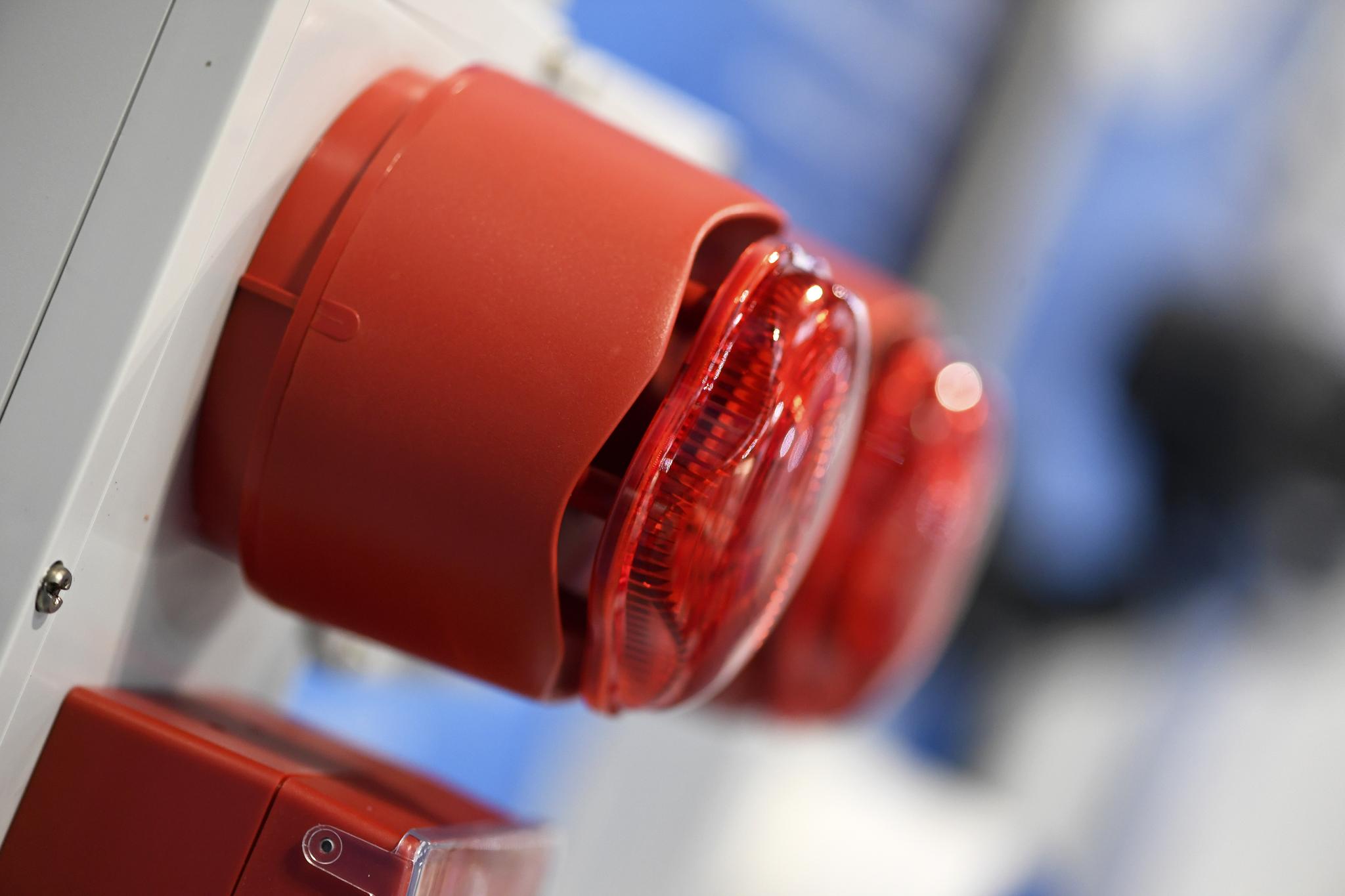Navigating Fire Door Regulations in Flats: A Comprehensive Guide
)
What is a Fire Door?
Fire doorsets are specially designed to contain a fire within a compartment to allow residents to follow the fire evacuation strategy plan safely; they should be left closed where possible. Unlike most internal doors, fire doors are are specifically designed to resist fire and smoke for a designated period of time, as indicated by their fire ratings.
Fire Doors in Flats
Building regulations state hat flat entrance door sets should offer 30 minute fire resistance.
Fire doors in a flat will be FD30 or FD60, indicating 30 or 60 minutes of fire resistance, respectively; fire doors must offer a minimum of 30 minutes of protection to allow time for residents to leave the building via the designated escape route.
What are Fire Door Regulations for Flats?
The Fire Safety Act 2021 declares that any residential building that houses two or more sets of domestic units is within the scope of the Fire Safety Order. The Regulatory Reform (Fire Safety) Order 2005 carves out fire safety regulations of doors that must be adhered to in a flat. This is regardless of height of the building.
From the 23rd of January 2023, it’s a legal requirement for the Responsible Person for multi-occupied buildings over 11 metres to:
-
Carry out quarterly checks of all fire doors in communal areas
-
Carry out annual checks on all flat entrance doors
-
Provide information to residents about the importance of fire doors
Responsible persons for residential buildings below 11 metres in height have a duty to put in place general fire precautions in these buildings, this duty includes making sure that all fire doors – including flat entrance doors – are capable of providing adequate protection.
Responsible persons are also required to provide residents in all residential buildings with two or more sets of domestic premises with information on fire doors within the building.
All Flat Entrance door sets should be fitted with a self-closing device and achieve as minimum FD30S to BS 476-22 or E30S to BSN 1634-1
Who is Responsible for Fire Safety in Flats?
The responsible person is the person who is responsible for the safety of themselves and others who use a regulated premises.
This is normally a building owner, or in residential properties, any other person in control of the premises. The responsible person is the person on whom most of the duties set out in the Fire Safety Order are imposed. They are responsible for conducting regular fire risk assessments and replacing broken or damaged fire safety features.
In residential buildings with storeys over 11 metres in height, responsible persons are required to undertake annual checks of flat entrance doors and quarterly checks of all fire doors in the common parts.
Fire Door Standards
Whether designing a new block of flats or updating an existing one, you must adhere to strict building regulations. The first and foremost step is a fire risk assessment.
This assessment will determine what type of fire door best suits the building and highlight other best practices to reduce fire risk. Current advice suggests that all fire doors should at least pass the following criteria:
-
Door Closer shuts the door
-
Door closes correctly around around the whole frame
-
There is no visible damage
-
If there are any gaps around the door frame and that seals and hinges are fitted correctly
-
Constructed using specific materials; The door frame, hinges, signage, handles, and letterboxes should all be compliant to the door set manufactures test evidence; it is also essential that a door has an intumescent fire and smoke seals
-
Glazing needs to be fire-safe. Fire-rated glazing is critical in protecting residents and the property if a fire occurs.
-
Doors must be correctly installed, close effectively from any opening angle, and move freely without slowing or grazing the floor.
-
New Fire doorset certificates must show it has been manufactured to a British Standard (BS) 476 Part 22 or the European equivalent BS EN 1634 Part 1.
Installation of Fire Doors
As fire doors are an integral part of a passive fire protection system, they should be installed by a certified installation company so that you can have the utmost confidence that they will provide you with the necessary protection in the event of a fire.
Essential Compartmentalisation
A correctly installed fire door will slow the spread of a fire as it will provide an effective barrier; a fire will be contained in one space within a building, allowing residents to following the fire evacuation strategy plan.
Regulation Expertise
Our third-party certified installation team are well-versed in the rules and regulations surrounding fire safety in flats. They will ensure that your fire door is correctly fitted, promoting its effectiveness and ability to meet legal requirements.
Functionality and Durability
A factory manufactured fire performance and security door set will ensure a fire door is correctly aligned and fitted, promoting functionality and durability. The door will have the capability to withstand both fire and external threats.
IMPORTANCE OF FIRE DOOR INSTALLATION IN FLATS
Fire doors are an essential element of a building's fire safety strategy:
Slowing Fires
A fire door can contain a fire to within a compartment by compartmentalising it and delaying its spread to the remaining building, protecting the rest of the building and the residents.
Safety
Fire doors provide an effective barrier between residents and fire, allowing precious time for evacuation and fire-fighting efforts. The extra few minutes gained can reduce the risk of injury or loss of life.
Enhanced Security
Fire doors have a solid construction designed not only to withstand a fire for a long time but also to serve as a useful security feature as resistance to external threats increases.
FIRE DOOR REGULATIONS FAQ
How do I know if my flat door is a fire door?
To identify a fire door, you should look for a certification label that will appear on the top edge of the door leaf. If present, the label should include the manufacturer's name, telephone number, certification number, and fire rating (FD30).
Is it legally required to conduct a fire risk assessment for flats?
As a landlord or building owner, you must conduct a risk assessment on your flat building every 6 months. Your fire door should be inspected regularly in a high-traffic area as signs of wear will appear quicker with increased use.
How often do I need to replace my fire door?
Currently, there is no legal requirement for changing your fire door. Check the condition of your door at regular intervals, at least annually and ensure it is in good working order. Ensure you are accounting for the general wear and tear of the doors and how that might affect their effectiveness.
Install Your Flat Fire Doors with LFS
Now you know all about fire door regulations in flats; you may be wondering what your next steps should be. LFS is a UK market leader certified to provide a ‘one-stop’ service for passive fire protection systems. Whether you are looking for a fire door inspection or a new installation, our team at LFS is here to help. Our extensive range of fire doors will serve as an effective barrier in the event of a fire, enhancing the safety and security of your residence. Contact us today, and we will gladly assist with your enquiry. Email: info@lfsfire.co.uk


.png)
.png)
.png)
.png)

